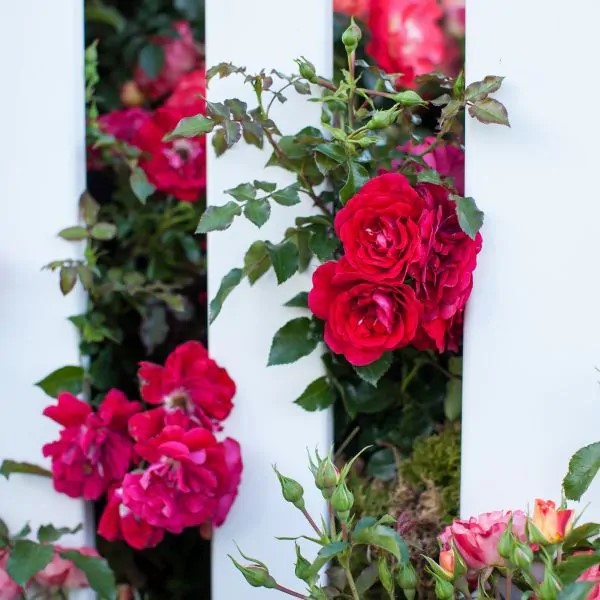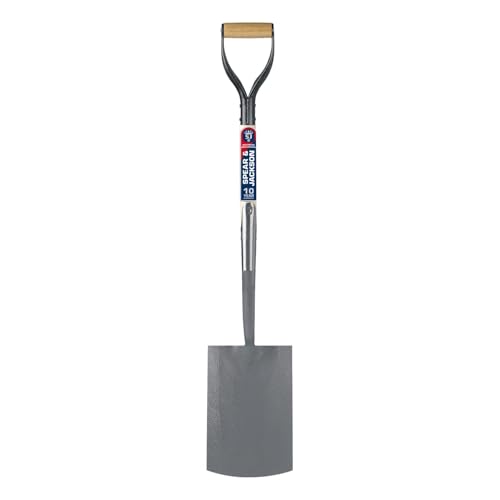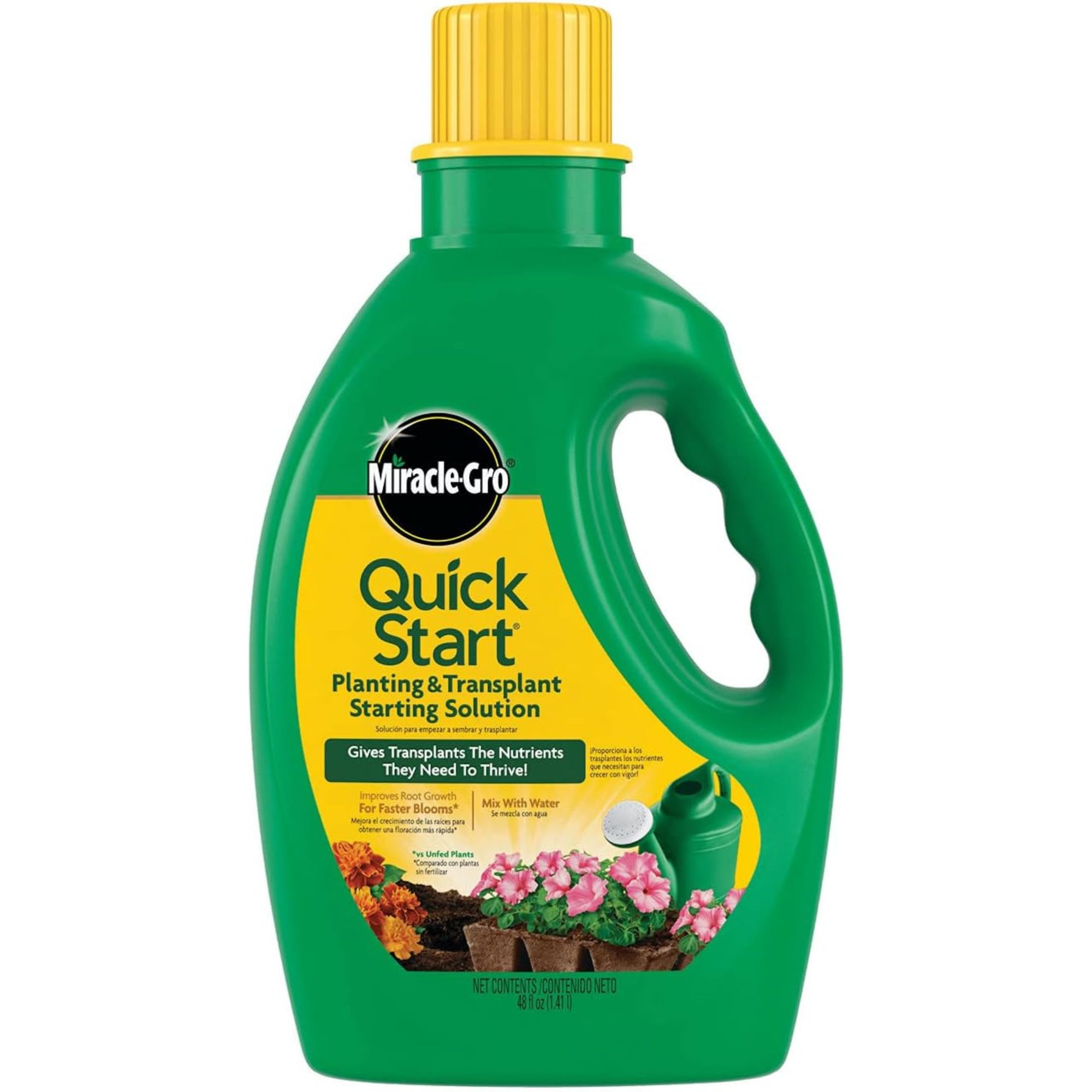
When it comes to gardening inspiration, we always look to Martha Stewart for sage advice. Her latest wisdom comes in the form of a rose garden.
She recently shared a snap of her blooms to her Instagram page, and judging by their lush petals and vibrant, pink hue (the variant is named after Martha herself), the roses are well taken care of.
'The two garden beds in front of my main greenhouse were once home to my currant bushes,' she explains in a blog post. 'Six years ago, I moved the berries and created more formal gardens with hostas and white lilies. Recently, I decided the beds would be perfect for displaying my new Martha Stewart Hybrid Tea Roses. I wanted them to be planted in a grid pattern, alternating each rose with boxwood. In the center of each bed, I planted four tall conical boxwoods. I know these gardens will grow so beautifully in the coming years.'
Shop the rose garden edit

Rosa 'Paint the Town' has gorgeous big flower heads that rebloom for months. Add a bold splash of red to your landscape from late spring through the first frost of fall with a rose that stays compact and tight.

A strong digging spade with a solid forged carbon steel head and socket and weatherproofed hardwood shaft - ideal for digging holes to plant perennials.

This starting solution is Martha's fertilizer preference, and we can see why: this liquid plant food can be used with seedlings, flowers, vegetables, trees, and other plants when planting or transplanting.
The beauty of Martha's rose garden is in part due to its lively appearance, wherein trees and flowers coexist beautifully.
'These garden beds in front of my glass greenhouse are already bordered by European hornbeam hedges and boxwood shrubs,' she explains in the blog. 'Last fall, the beds were also cleared, tilled, and fed before any work was started to redo them.'
With the existing boxwood already giving the area a rich, inviting ambiance, she decided to then introduce the roses in a pattern.
'I wanted to alternate the roses and small boxwood shrubs, one in each square of the grid,' she writes. 'The boxwood was nurtured here from bare-root cuttings.'
She says that landscape pine is used to mark the pattern and plan the layout, with each square measuring three feet by three feet. Her gardeners then alternate between roses and boxwood, creating a dynamic garden.
'When planting roses, depending on the variety, they need at least two to five feet in between plantings,' she explains. 'These are spaced perfectly.'
As usual, Martha's insight has given us new garden ideas. Let us know if you will be trying this method in the comments.







